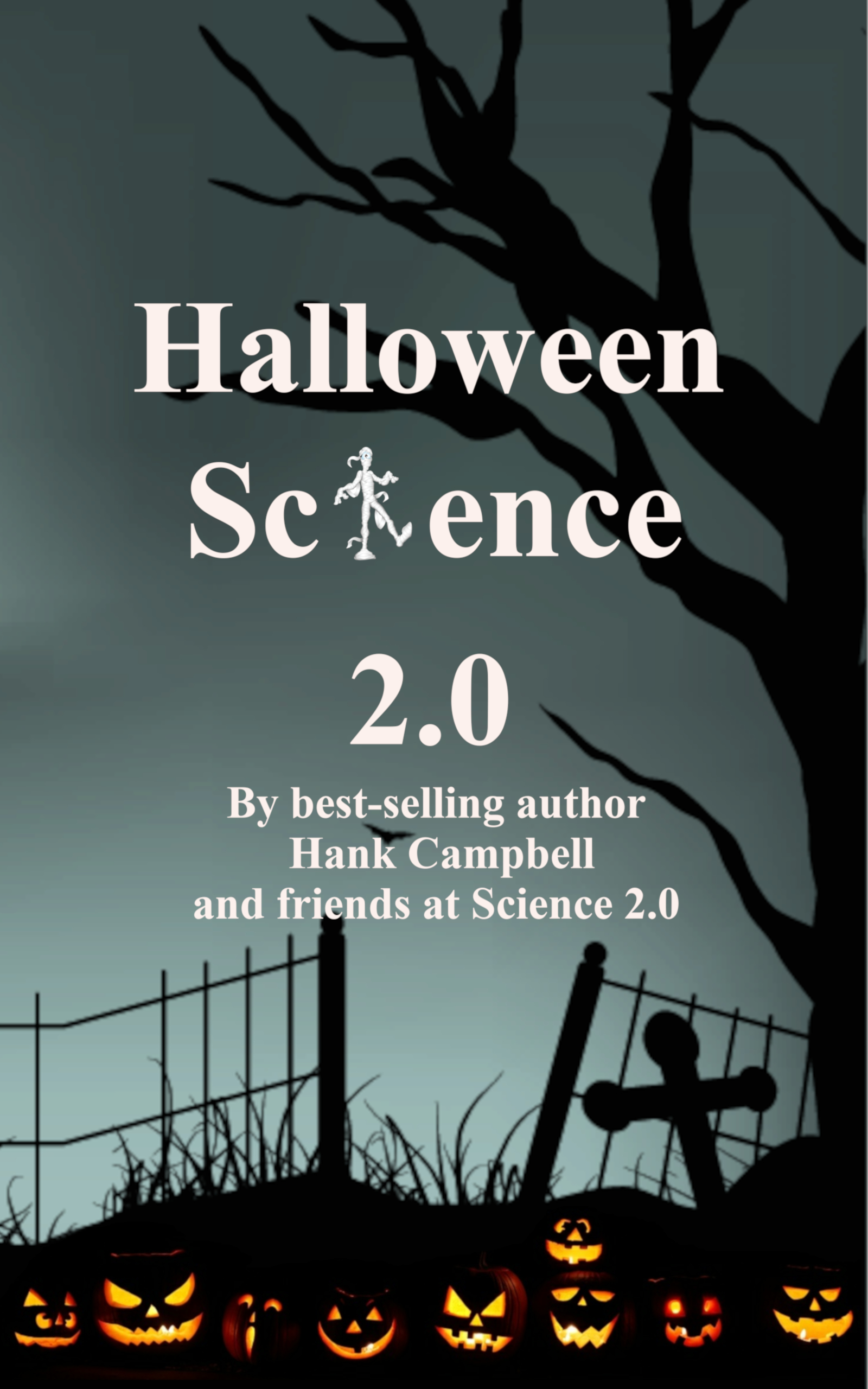Just a few years ago, molecular biologists hoping to alter the genome of their favorite organisms faced an arduous task and likely weeks of genetic tinkering.
Today, those scientists can quickly destroy or edit a gene with a new technology called CRISPR (clustered regularly interspaced short palindromic repeat)/Cas9.
CRISPRs were interesting mainly to microbiologists until 2012 when a team figured out they could combine crRNA and tracrRNA into a single, artificial guide RNA, which they could then use to aim the DNA-slicing enzyme at a sequence of their choosing.
The implications were thrilling...
Amber Dance at PNAS has the history.
Core Concept: CRISPR gene editing by Amber Dance, PNAS vol. 112 no. 20, 6245–6246, doi: 10.1073/pnas.1503840112
How CRISPR Became A Gene-Editing Sensation




Comments